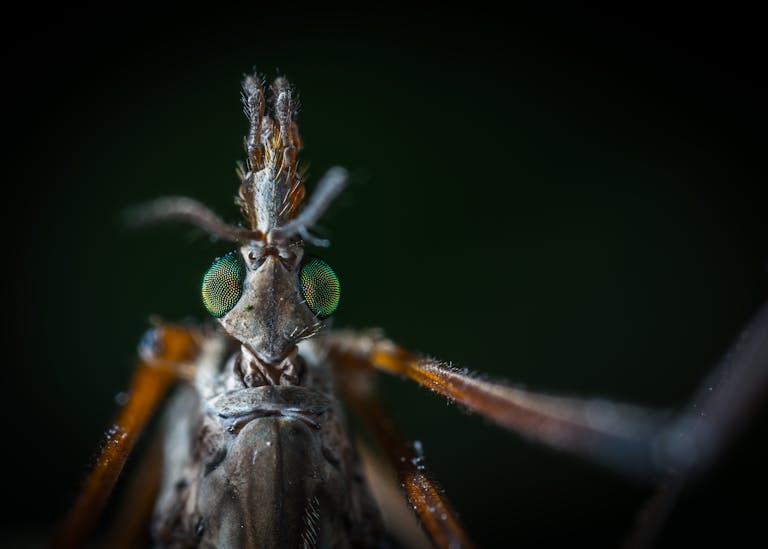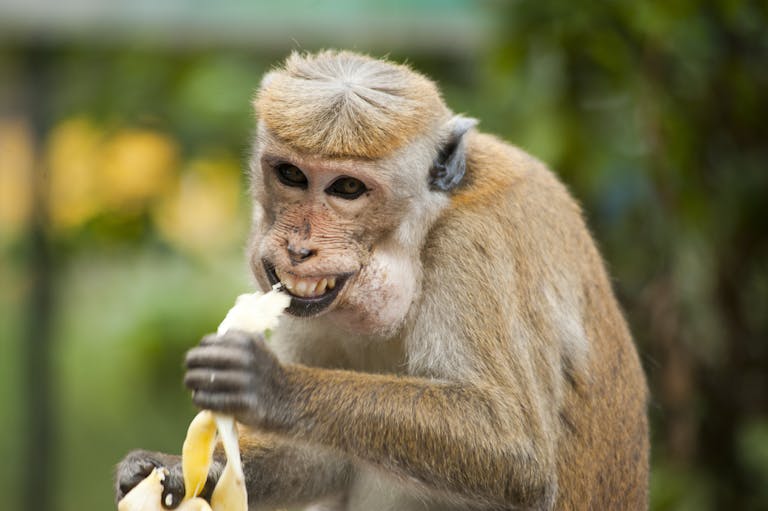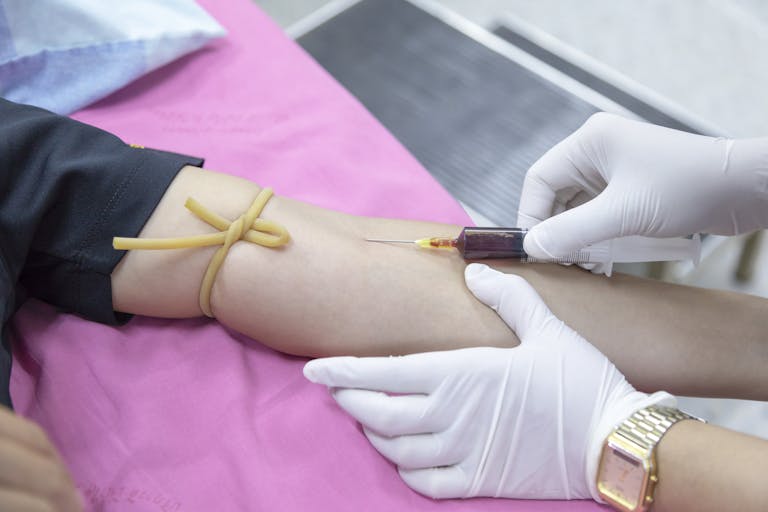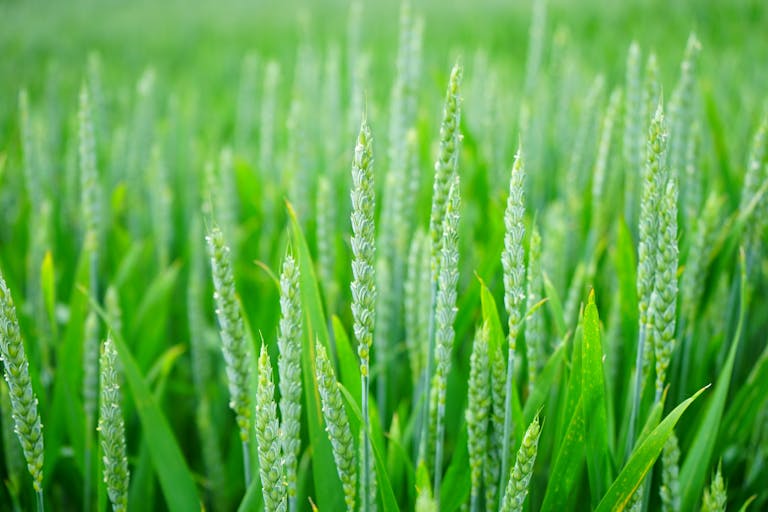Puff Adders – Africa’s Unexpected Allies in Agriculture
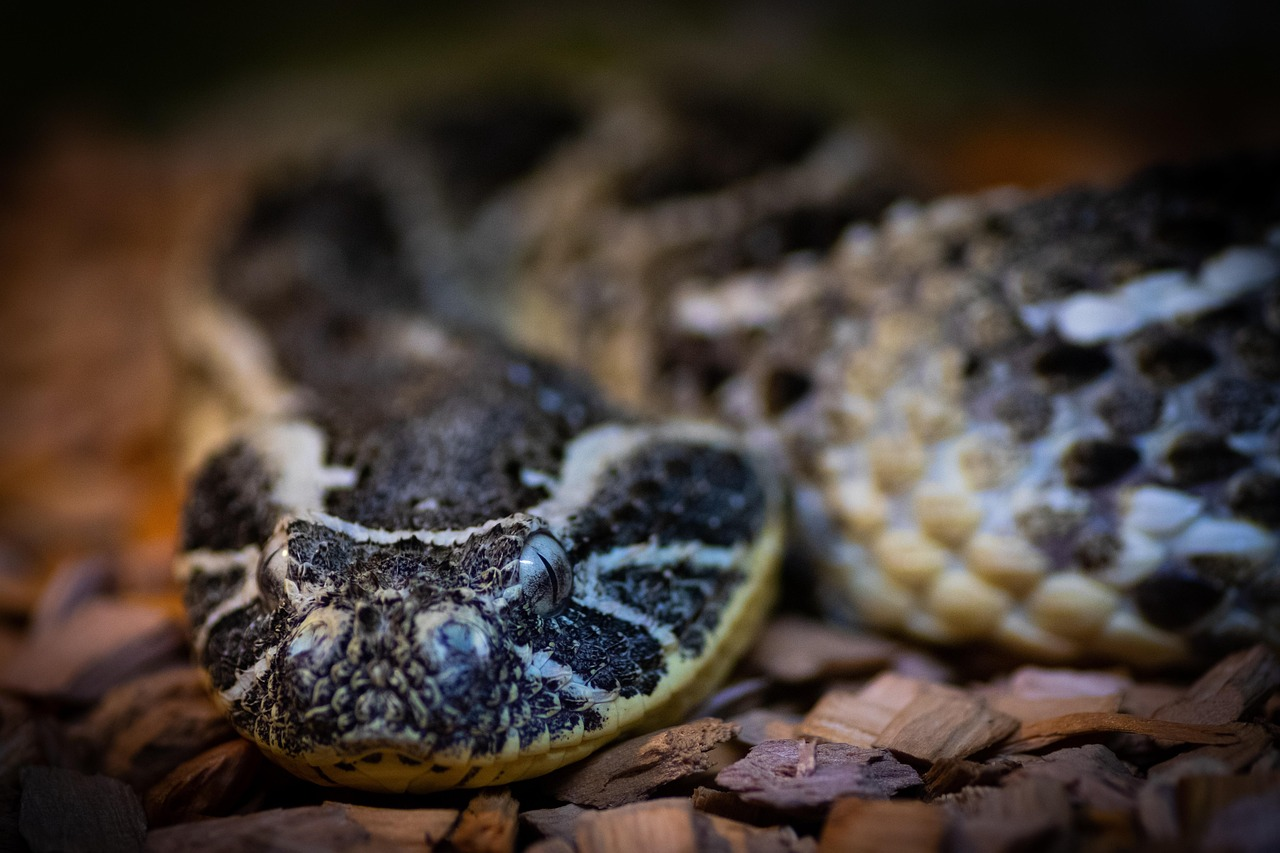
Puff adders, known scientifically as Bitis arietans, are among the most widespread snakes in Africa. Traditionally feared for their venom and seen as a threat, new research suggests they may actually be vital partners in agriculture, helping farmers control rodent populations naturally and sustainably.
A study conducted by the University of the Witwatersrand in Johannesburg and published in Scientific Reports on May 13, 2025, has revealed just how effective these snakes are at suppressing rodents that damage crops across the continent. The research highlights that puff adders are not just occasional hunters but highly adaptable predators capable of increasing their food intake during rodent outbreaks at a level unmatched by many mammalian predators.
Feeding Power: More Than Meets the Eye
During periods of high rodent availability, puff adders can ramp up their feeding drastically. The study measured something called the “factorial scope of ingestion”, which looks at how much more food a predator can consume beyond its basic needs. On average, puff adders increased their consumption to 12 times their maintenance level, with some individuals managing nearly 20 times.
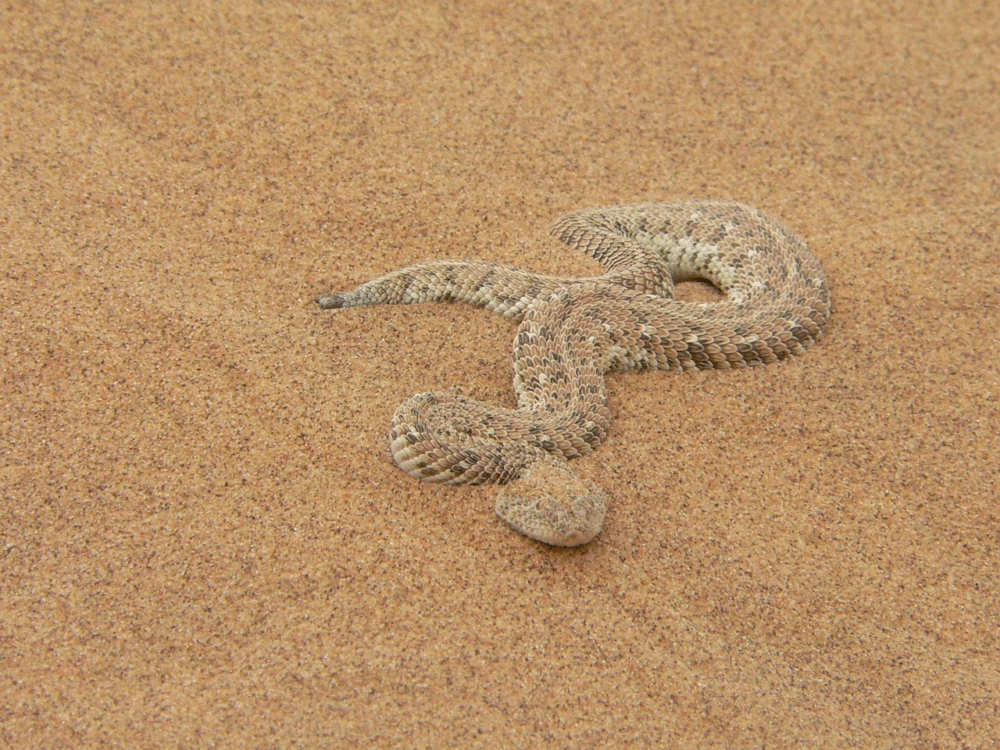
In controlled feeding trials lasting around 77 days, snakes were offered unlimited prey. The results were striking: a single puff adder consumed up to 10 rodents in one sitting, and within a week, it was ready to hunt again. This efficiency makes them particularly valuable during rodent population booms, which often happen in years of heavy rainfall and cause millions in agricultural losses.
Long-Term Survival Skills
One of the most impressive qualities of puff adders is their ability to survive extended periods without food. The study found that their maintenance requirement sits at about 63% of body mass per year. When fasting, they lose only around 22–24% of their body mass per year. That means these snakes can fast for nearly two years and still remain viable predators.
This ability to endure long lean seasons, yet switch rapidly into high feeding gear during rodent surges, makes puff adders essentially an “on-call pest control system” within African ecosystems.
How They Compare to Mammals
The study compared puff adders to mammalian predators like least weasels and lynx, which are also known for controlling rodent populations in other parts of the world. Mammals like these only manage to increase their food intake to about three times their baseline when prey is abundant. Puff adders, with their ability to scale up to 12 times or more, clearly outperform them in feeding flexibility.
While an individual puff adder may eat less than a fox or mongoose, their sheer population density across Africa makes their collective impact on rodent populations far more substantial. In short, while they may seem like small-scale eaters individually, together they form a highly effective natural rodent control force.
Agricultural and Ecological Implications
For farmers, this research is more than just a curiosity—it’s a potentially game-changing insight. Rodent outbreaks devastate crops and force reliance on chemical pesticides, which can harm the environment and human health. Puff adders provide a cost-free, chemical-free solution that works in harmony with ecosystems.
The study strongly recommends including snakes like puff adders in Integrated Pest Management (IPM) strategies. By conserving and protecting puff adder populations, farmers and conservationists can tap into a natural rodent control mechanism that boosts agricultural productivity while reducing ecological damage.
A Shift in Perception
Snakes, especially venomous ones, have long been associated with fear. This research challenges that view by positioning puff adders as essential ecosystem partners. Instead of being seen solely as dangerous, they should be recognized for their ecological value and contribution to food security.
This shift in perspective is important not only for farming but also for conservation. Protecting puff adders benefits biodiversity as a whole, and it reframes snake conservation as something that directly supports human livelihoods.
Final Thoughts
The research provides clear evidence: puff adders are not just one of Africa’s deadliest snakes—they are also one of its most effective natural pest controllers. Their ability to consume rodents at high rates, endure long fasts, and respond quickly to prey booms gives them a unique and valuable role in agriculture.
For a continent facing frequent rodent-driven crop losses, puff adders may be the unlikely but powerful allies that help secure food systems and reduce dependence on harmful pesticides.
TL;DR
Puff adders, Africa’s widespread venomous snakes, can eat up to 10 rodents in one meal and increase their food intake to 12–20 times normal levels during outbreaks. They can fast for nearly two years, outperform mammalian predators, and serve as natural, sustainable pest control for farmers.
Research Reference: Factorial scope of ingestion and the potential functional response of puff adders (Bitis arietans) to high prey abundance (Scientific Reports, May 13, 2025)
